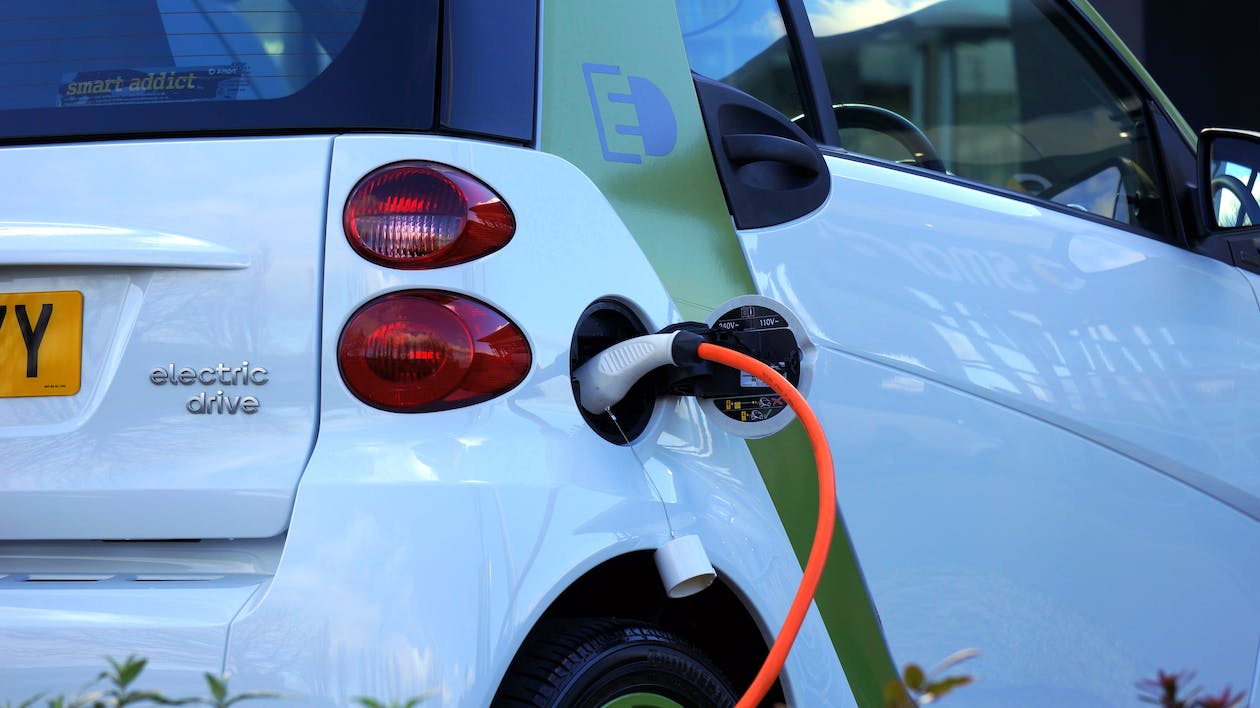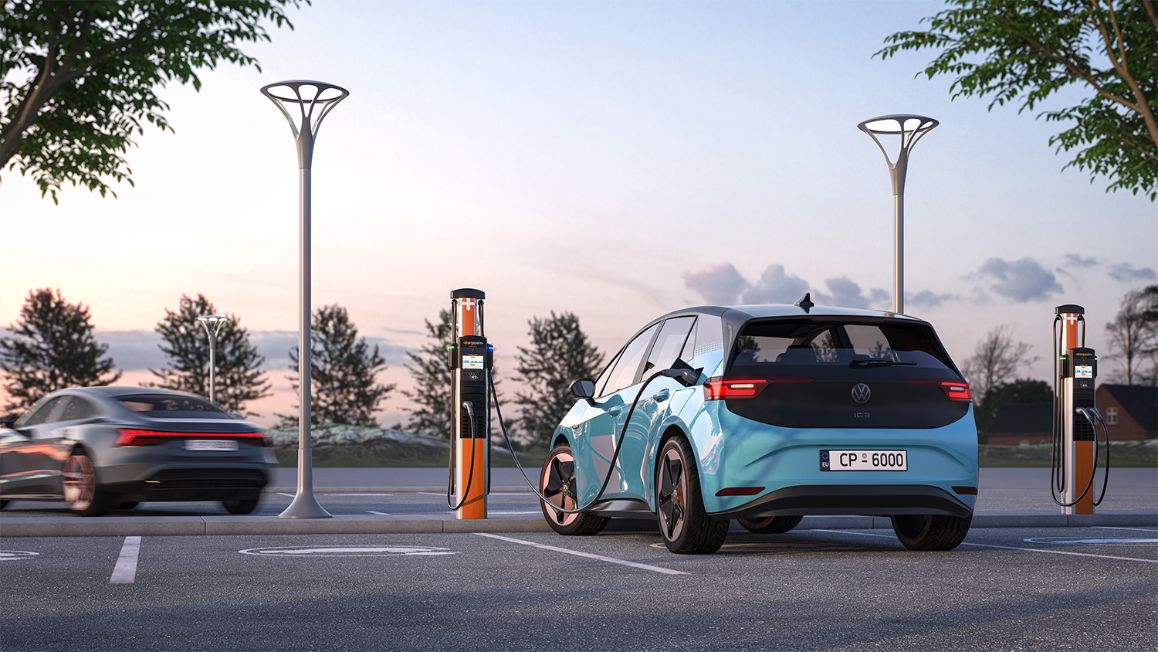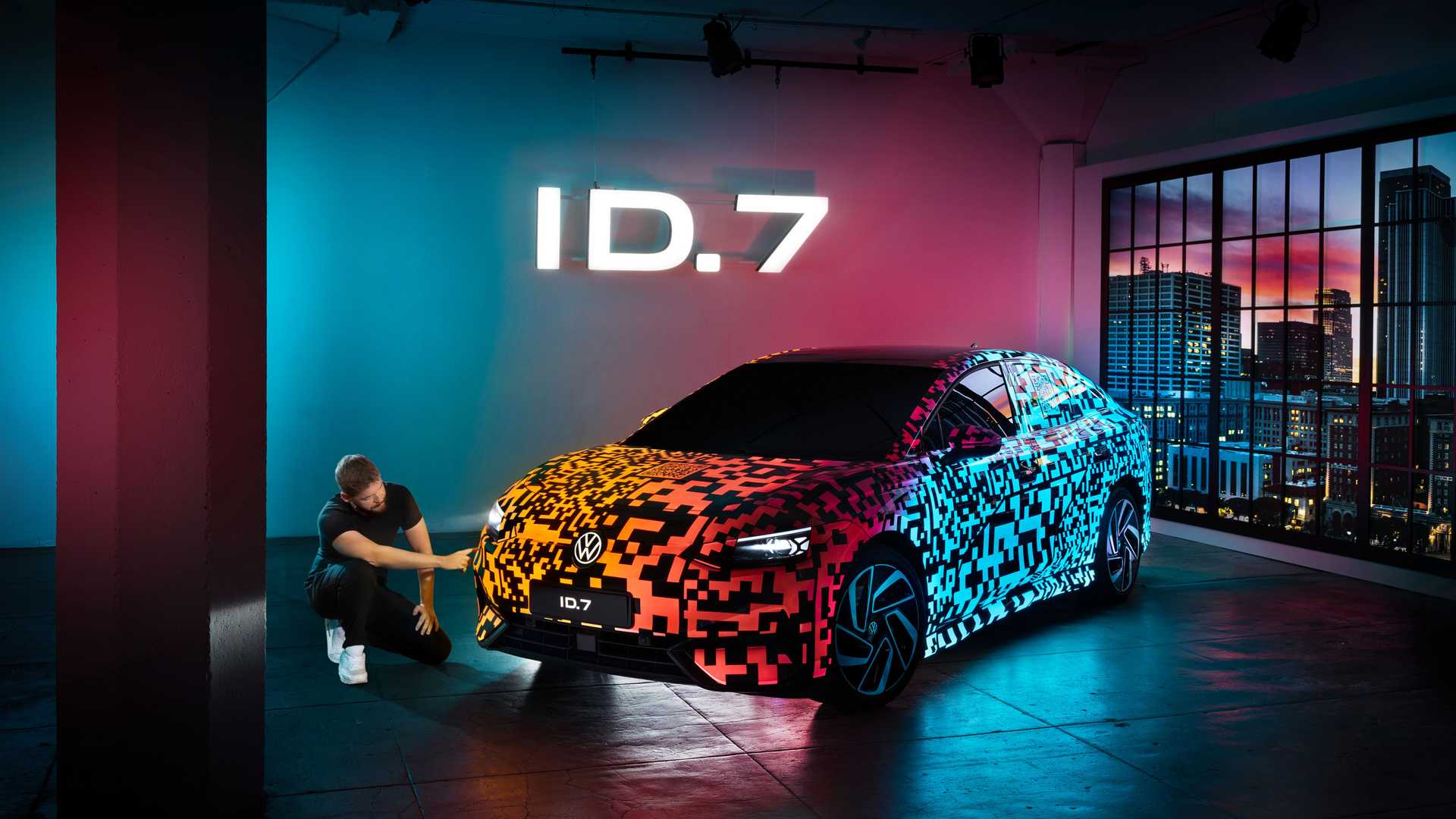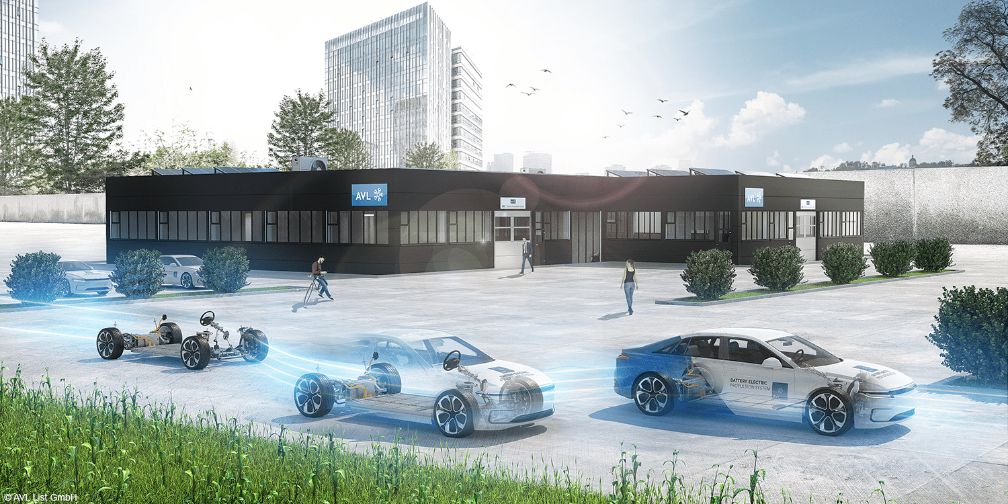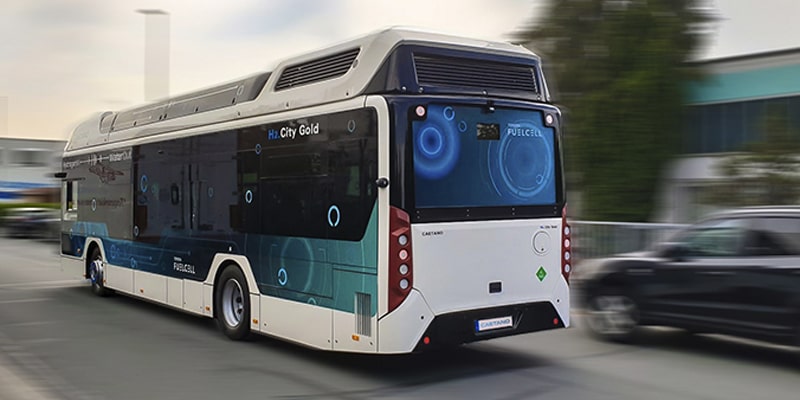The U.S. Environmental Protection Agency (EPA) is reportedly set to introduce new rules next week aimed at significantly reducing vehicle emissions pollution and promoting the sale of electric vehicles. The proposed rules will cover model years 2027 through 2032 and are expected to result in at least 50% of the U.S. vehicle fleet being electric or plug-in hybrids by 2030. This aligns with a goal set by President Joe Biden in 2021, although the administration has not yet backed calls from California and others to ban the sale of new gasoline-only light-duty vehicles by 2035.
The EPA’s previous light-duty tailpipe emissions requirements, which applied to the 2022 through 2026 model years, reversed former President Donald Trump’s rollback of car pollution cuts. The big question now is whether the new EPA rules will be as aggressive as California’s plan to phase out new gasoline-powered vehicles by 2035 and ramp up zero-emission vehicles.
The Alliance for Automotive Innovation, a trade group representing most automakers including Ford, Volkswagen, and Toyota, has expressed support for the shift to electric vehicles, but has raised concerns about having to invest significant sums in improving the efficiency of internal combustion vehicles that will soon be phased out. Environmentalists, on the other hand, are calling for significant pollution cuts for gas-powered vehicles, as they will remain on the road for decades.
The National Highway Traffic Safety Administration is also planning to propose new fuel economy standards in the coming weeks. California still needs approval from the Biden administration for its plan to phase out gasoline-only models and has not yet submitted a formal request.
Tesla has called on California to mandate an end to gasoline vehicles by 2030, while General Motors has announced plans to end sales of gasoline-powered vehicles by 2035. The EPA’s proposed rules could be a significant step towards achieving these goals and reducing vehicle emissions pollution in the United States.

